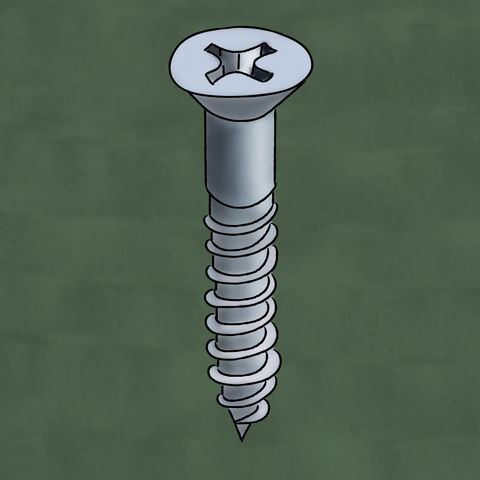Project Report For Screw Manufacturing
Introduction
Project report for Screw Manufacturing is as follows.
A screw is a kind of mechanical fastener having a threaded shaft. They feature a tapered shaft with sharp threads that are meant to cut a mate in the component they are attached to. It also contains machine screws, which resemble bolts but have a threaded shaft.
Their usage may distinguish bolts and screws. They say a bolt goes through unthreaded holes in components and is held by a nut, and that a screw goes through threaded holes in parts. In reality, this is not the case.
A bolt is a non-self-tapping fastener with just a portion of its shaft threaded. Screws are self-tapping or fully threaded fasteners.
Sample Project Report Of Screw Manufacturing For Bank Loan
Get Completely Custom Bankable Project Report
Screws generally depend on thread friction to keep them tight. A self-tapping screw’s radial expansion produces most of the friction.
For machine screws, friction is created by axial force from torque supplied to the head, tension in the screw, and component compression. Machine screws may also be secured using a locking nut or thread-locking glue.

Machine screws feature a standard thread on a parallel shaft and are meant to screw into a tapped hole in a component.
A machine screw is a hex screw, which is like a hex bolt but without the shank. Machine screws come in a variety of shapes and sizes to suit particular applications.
Market potential
Expenses

Product Cost Breakup

Reveneue Vs Expenses

Market Trend

A metal screw fastener digs and wedges into a substance to secure it. Thread cuts in attached textiles assist keep them together and avoiding pull-out.
These self-tapping screws need a pre-drilled hole. Screw fasteners come in two styles: left and right-handed.
As Per the BLS and Timetric’s Construction Intelligence Center (CIC), the construction sector will be the fastest expanding in 2020. The market is estimated to expand by 4.5 percent annually to over US$1.2 trillion by 2020. As per the Global Building Report 2030, India, China, and the US account for 57% of global construction growth.
Globally, the automobile sector is predicted to increase rapidly during the next decade. This rise is linked to increasing automotive production, since manufacturers are continually creating fuel-efficient drivetrains and engines, and applying emission-control technologies to build cleaner cars. The global automobile industry is predicted to hit 95 million units in 2018 and 97 million in 2019. Globally, China, India, and Eastern Europe are developing markets.
Because of the rise in dual-income families, developed-country per capita disposable income remains stable. This has increased consumer buying power. Economic growth and low inflation have laid a solid basis in practically every nation on the global market.
